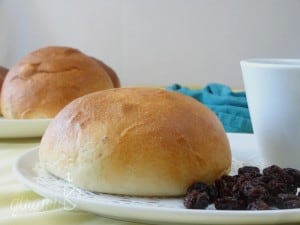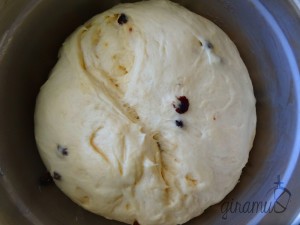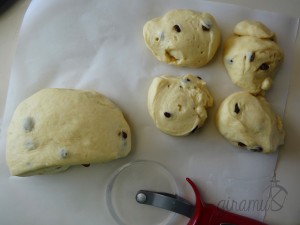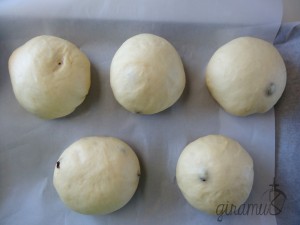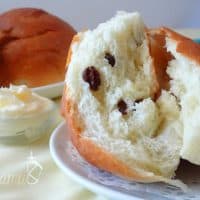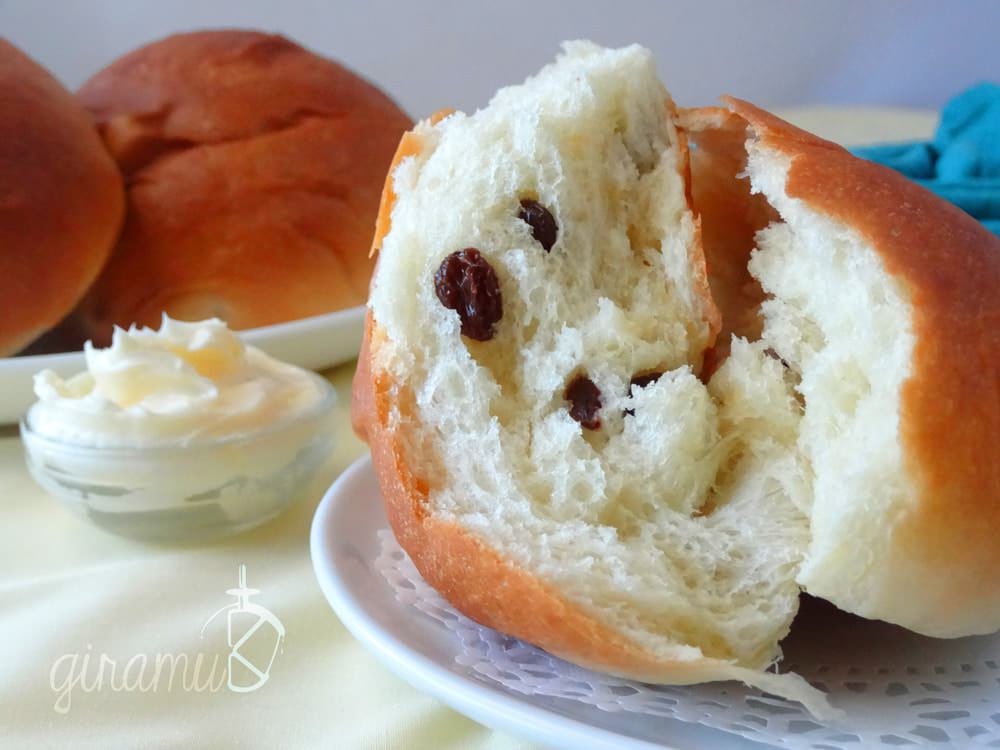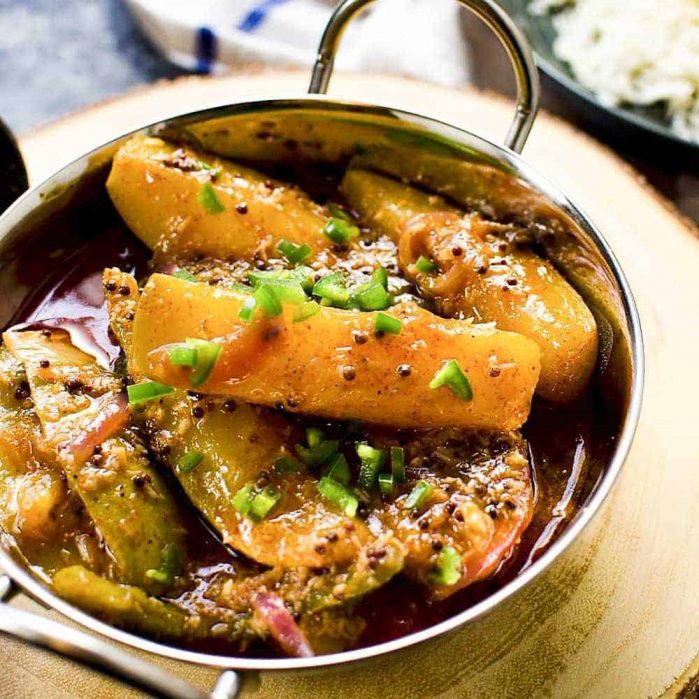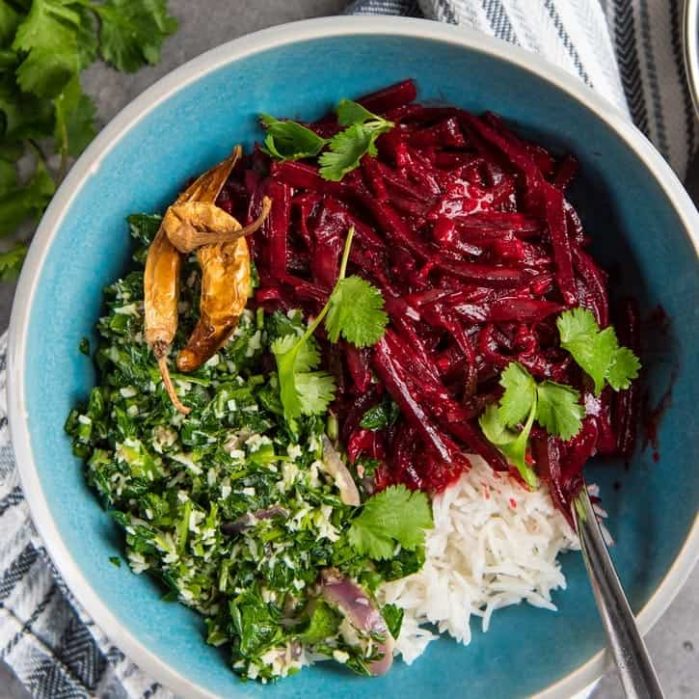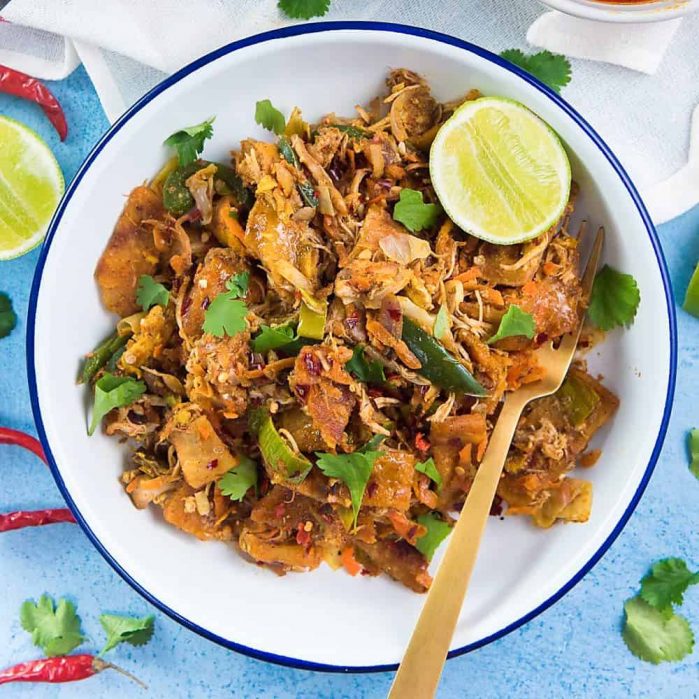From its beautiful golden beaches, to its lush vegetation and laid-back people, I was fortunate to have spent some of my formative years growing up in Sri Lanka surrounded by a rich heritage and an amazing diversity of food.
As a one-time British colony, the recent history of Sri Lanka has been shaped by British influences and one of the greatest consequences of that is that the island is now home to arguably the best tea in the world!
And there is one type of bread that goes better with a warm cup of Sri Lankan tea than anything else in the world. And that is the traditional Sri Lankan tea banis (pronounced [bah-nis]) – a melt-in-your-mouth soft and deceptively delicious bread roll.
It may look like a regular bread roll, but do not be deceived by its simple appearance. There is a great deal more depth to its flavour and texture, just like a cup of strong Sri Lankan black tea.
But one of the hardest things for Sri Lankan home cooks trying to make traditional tea banis at home is replicating that amazingly soft texture. To help you with that, I’m going to let you in on an old Asian secret that I use to make incredibly soft, moist bread – Tangzhong!
Tangzhong is a water and flour roux that is added to the bread dough to increase the moisture content of the bread and make it very very very soft. And remember to let the dough rest as well. Because rested gluten = super soft dough! I’ve shared a few recipes for ultra soft breads and bread rolls that use this Tangzhong technique such as my Japanese milk bread recipe, scallion and sesame milk bread, classic hot cross buns, chocolate chip hot cross buns, ube bread rolls etc.
Adding Raisins to this is optional. The traditional Sri Lankan banis has raisins in it but you can easily omit them if you wish. I used to remove the raisins or request plain ones when I was a kid, but my appeal for raisins has evolved a lot since then! Especially since Mr. K loves raisins in everything! Muffins and banana bread being two of his favourites.
You have to let this dough rise twice – once after kneading and the second time after the dough rolls are formed on the baking tray, before they go in to the oven.
You can glaze them on top if you want to – but I can’t remember a glaze on the ones I used to eat. It darkens the top of the buns too much for me. So I prefer to not have the glaze.
You can store these in an airtight container for up to 3 days or in the fridge longer. Best eaten within two days.
Another tip – you can heat them up gently in the microwave for a few seconds and eat them warm. (it somehow makes them taste even better, just don’t ask me how or why!).
Sri Lankans living overseas don’t often get a chance to eat the food they grew up with unless they make it themselves. So I hope anyone who comes across this blog – Sri Lankan or not – gets a chance to make these banis, because as you can see in the image above, they are incredibly soft, fluffy and light in the middle and has a sweetness that makes them the perfect accompaniment to any kind of hot beverage, not necessarily tea. But they are just as delightful on their own as well. I enjoyed these fresh out of the oven with a little bit of butter and a cup of tea. Mr. K prefers his without the butter.
I was able to share these with a Sri Lankan family living close by and they loved them too. My parents in New Zealand can’t wait to try this recipe as well. So I do hope you get a chance to taste the traditional Sri Lankan tea banis too, I guarantee they will be worth your while and effort!
You can follow me on facebook, instagram or googleplus for more updates – and subscribe for new recipes below. There will be more Sri Lankan cuisine inspired food coming up on the blog in the future, plus more fall inspired recipes too!
